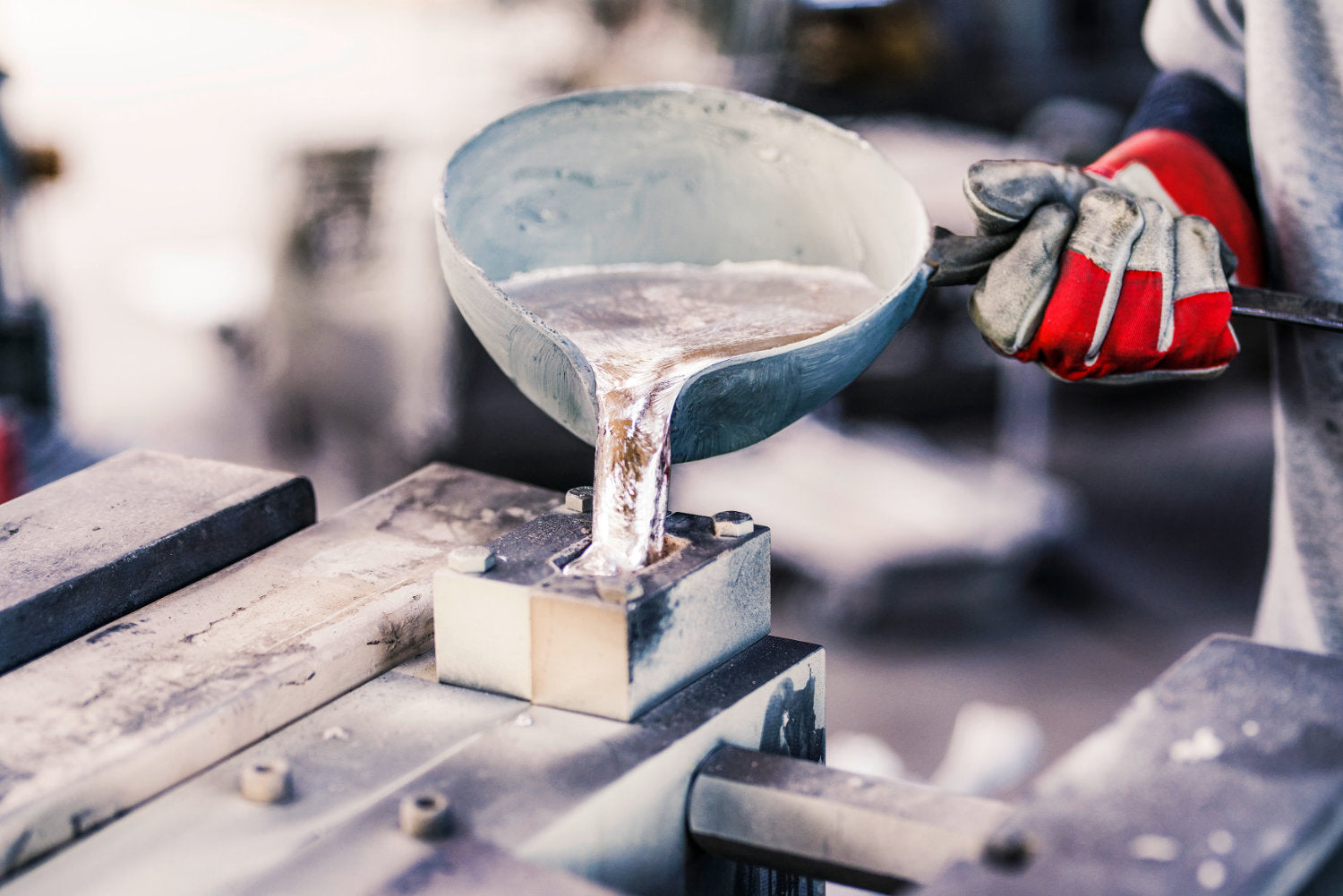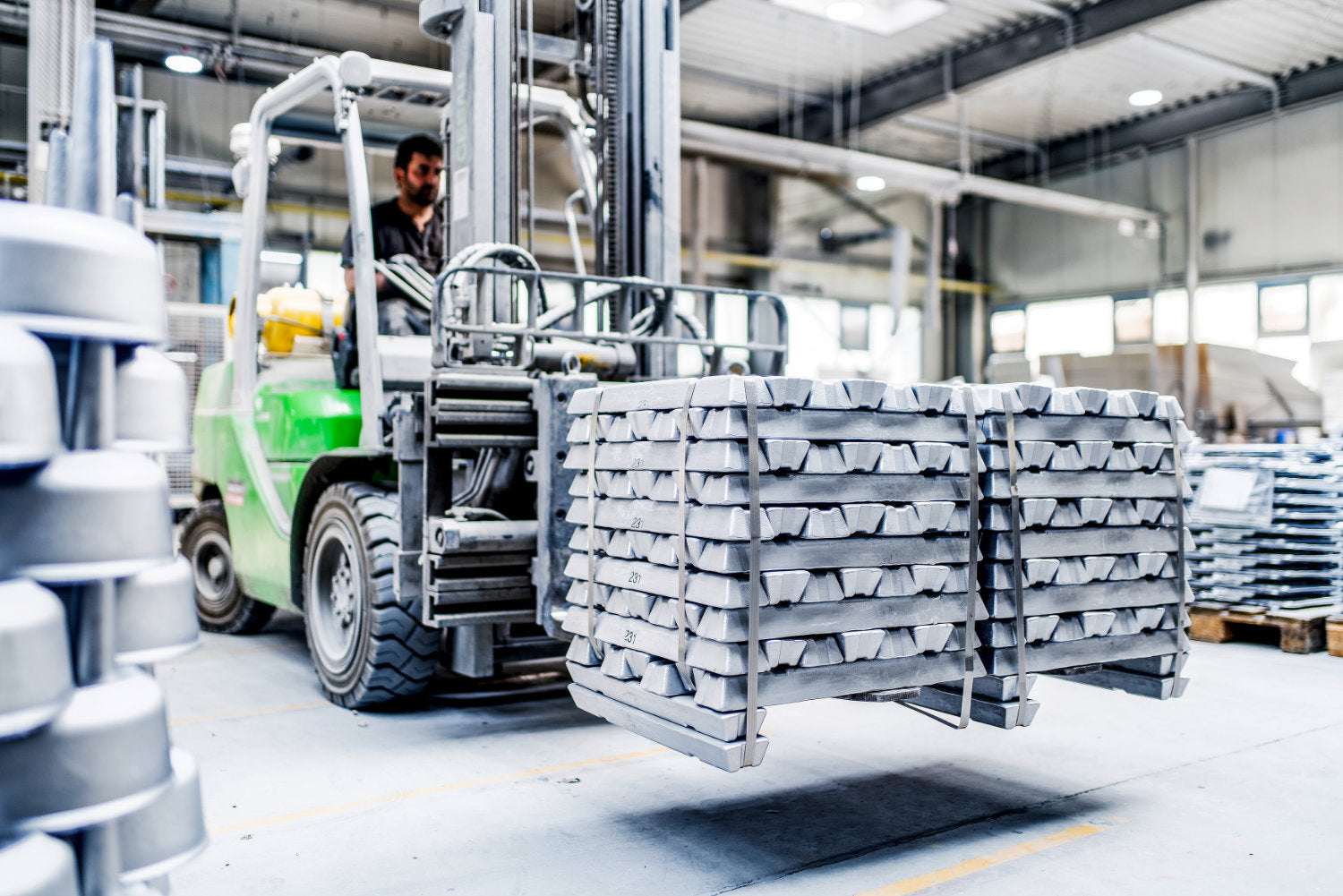
The production
All products from the EUROLUX series are made from a high-quality aluminum alloy that comes from German foundries, using the proven "MADE IN GERMANY" hand-casting method and are produced by hand, piece by piece.
- The process has been the same for decades, although some technical developments have of course taken place.
- A very, very rough overview of the production process:
- The aluminum is melted at about 800 degrees and then poured into a mold using hand-casting.
- After the cast body has cooled and been removed from the mold, the “sprue” is sawn off.
- Possible small bumps are removed by turning or grinding
- The induction coating is then applied (aluminium is not magnetic and therefore not naturally inductive).
- Now the non-stick coating is applied.
- The finished bodies are now stored until the order is placed. After the order is placed, the selected handles are mounted, the goods are packaged and shipped.
For coating
In our classic series we work with the sealing of our LuxTec® coating. interlocked and sealed.
For the Alex Wahi series we work with the new LuxTec ® PEEK coating.
The following graphic shows the structure of a classic EUROLUX ® pan.
-
The material: aluminum
A couple of facts:
- Aluminium is considered the most abundant metal on earth.
- After iron, it is considered the second most important metal for industry.
- Aluminium has been used in production since around 1850.
- Aluminium conducts heat seven times faster than iron or steel.
75 percent of the aluminum ever produced is still in use
The really impressive thing, however, is that "around 75 percent of the aluminum ever produced is still in use today." A large part of it has probably been recycled several times and is already being reused in the third or fourth generation. It is therefore quite possible that one of our pans still contains aluminum that was mined in 1888. In Germany, more recycled aluminum is produced than new aluminum. In the transport and construction sectors, up to 96 percent is recycled, and in packaging, around 90 percent. The production process for new aluminum is energy-intensive. The recycling process requires just five percent of the energy required for the first production of the metal. Aluminum is twice as sustainable
Conclusion:Due to its conductivity and the fact that aluminum is recycled again and again, our cookware is doubly sustainable. This is because the conductivity saves energy when cooking.
